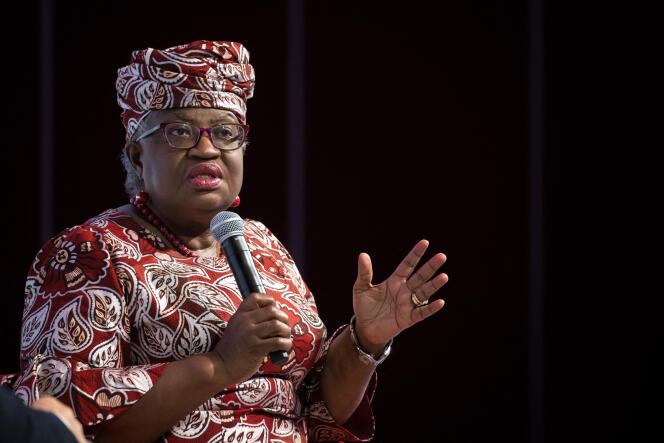The downward revision is brutal. The World Trade Organization (WTO) anticipates an increase in global merchandise trade of only 0.8% in 2023, while in April it predicted an increase of 1.7%, according to figures published Thursday October 5 (in 2024, however, a rebound of 3.3% is expected). This poor performance is attributed to Chinese growth slowed by the real estate crisis and to a tightening of monetary policies which weighs on demand in Western countries. Inflation continues to be high even though it has slowed. In August, it reached 3.7% over one year in the United States and 5.2% in the euro zone, well beyond the central banks’ objectives. “Positive growth in export and import volumes is expected to resume in 2024, but we must remain vigilant”, warns Ralph Ossa, the WTO’s chief economist. The organization, based in Geneva, specifies that this slowdown in trade is “generalized”affecting many countries and products, in particular steel, iron, textiles and even telecommunications equipment.
In this gloomy picture, it is North America which recorded the strongest increase in its exports in the first half of 2023 (+ 5.4% compared to the same period of 2022), followed by South America ( 1.4%), Africa (0.9%), Europe (0.5%), the Middle East (0.2%) and, finally, Asia, which is experiencing a decline of 2.3%. “The slowdown in trade expected in 2023 is worrying because it has negative repercussions on the standard of living of populations around the world”, reacted Ngozi Okonjo-Iweala, the director general of the WTO, adding that the members of her organization must “seize the opportunity to strengthen the global trade framework by avoiding protectionism and fostering a more resilient and inclusive global economy.”
WTO economists note that the complexity of supply chains, which cross multiple countries and pass through numerous suppliers in the name of specialization and cost optimization, has reached its limits. The WTO measures this degree of difficulty by taking into account the share of intermediate goods in world trade, but this has fallen below the 50% threshold since the last quarter of 2022, when it was on average by 51% over the previous three years.
Reduction in the number of supplier countries
In a world vulnerable to geopolitical, climatic or health crises, companies undoubtedly prioritize the security of their supplies by reducing the number of supplier countries. These supply chains are in the process of being geographically reorganized. By analyzing the evolution of trade in spare parts between the first half of 2019 and that of 2023, the WTO notes that the shares of China, and Asia overall, in trade with the United States have decreased. A decoupling which coincides with the trade war started in 2018 between Beijing and Washington, which are increasing customs taxes and restrictions on exports.
You have 22.08% of this article left to read. The rest is reserved for subscribers.
